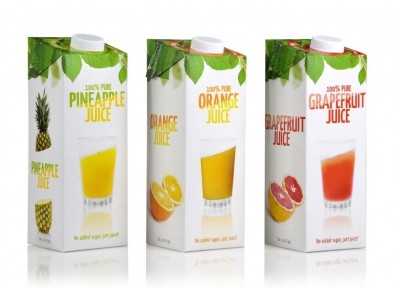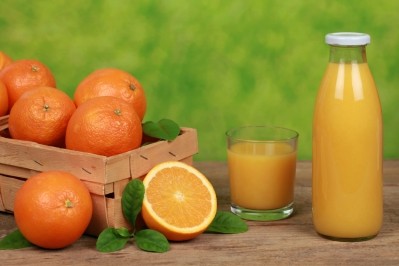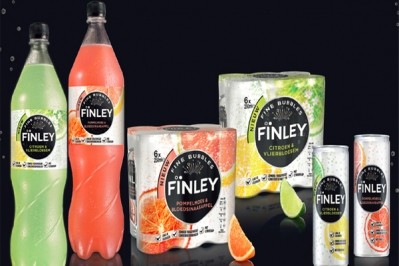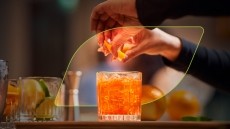‘Orange aid’: IFU to measure color of blood orange juice
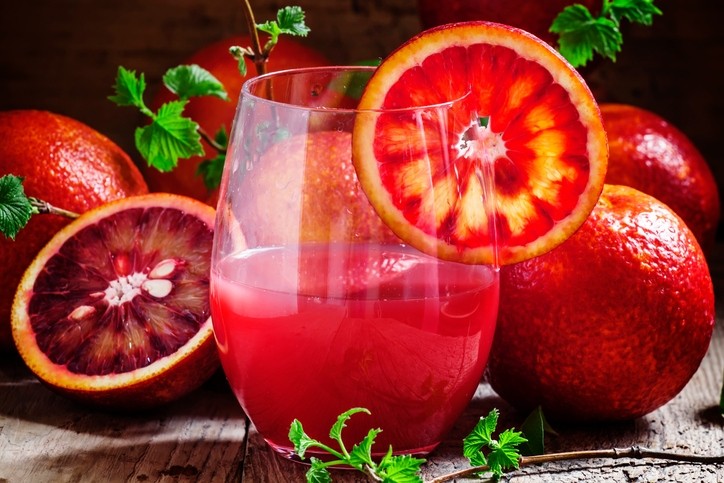
It claims trading in blood orange juice and concentrates depends on color intensity and needs an internationally accepted method for measuring total concentration.
Processors and bottlers
John Collins, executive director, IFU, told BeverageDaily it has come up with IFU method #83 for members and subscribers to establish an analytical technique to avoid conflict between buyers and sellers.
“It’s a new method to try and set a standard for the industry,” he said.
“It can be used by both processors of blood orange juices and purchasers (such as bottlers) as a standard way of establishing specifications that do not rely on arbitrary visual appearance.”
The members of IFU are producers of juices and related products, associations, traders, machinery and packaging producers, public and private scientific institutions worldwide.
Collins said method #85 was launched this month after being developed by its in-house laboratory team - Method of Analysis Commission (MAC) for fruit juice testing.
The color of pigmented “blood” oranges is caused by the presence of anthocyanins.
Cyanidin-3-glucoside is the main anthocyanin pigment seen in oranges with lower concentrations of other mono- and di-glycoside anthocyanins. The total concentration of the anthocyanin pigments varies depending on the variety concerned and seasonal climatic influences.
18 international laboratories
“The method took three years to develop and was validated in 2016 with 18 participating international laboratories using blood orange samples,” added Collins.
The method works on the principle that anthocyanin pigments are completely extracted from the juice with a specified volume of acidified methanol. After centrifugation, the pigment content is determined by measuring the extract’s absorbance at 530nm against a solvent blank.
It requires the use of a spectrophotometer capable of measuring at a wavelength of 530nm, a centrifuge with sufficient speed to give a “g” force of 3,000g and other equipment and solutions typically found in a juice operational laboratory.
“We are updating our analytical methods for testing all the time and are currently working on IFU method #84. Stability tests for clarified juices,” said Collins.
He added, fruit juices in their natural state are generally cloudy or turbid. However, some juices sold as concentrate are clarified during processing (for example apple juice) to allow their concentration to greater than 65 °Brix.
If the enzymic treatments and/or clarification processes are not carried out correctly it can result in a hazy (slightly turbid) end product or one that develops a haze on standing. This can be unsightly to the consumer and may lead to complaints.
This haze is often caused by insufficient or incorrect enzymatic treatments, improper clarification, fining or filtration due to a contamination with microorganisms.
